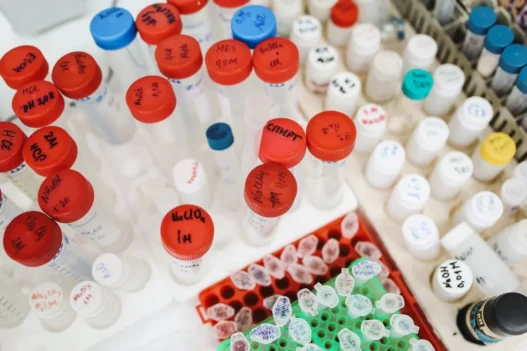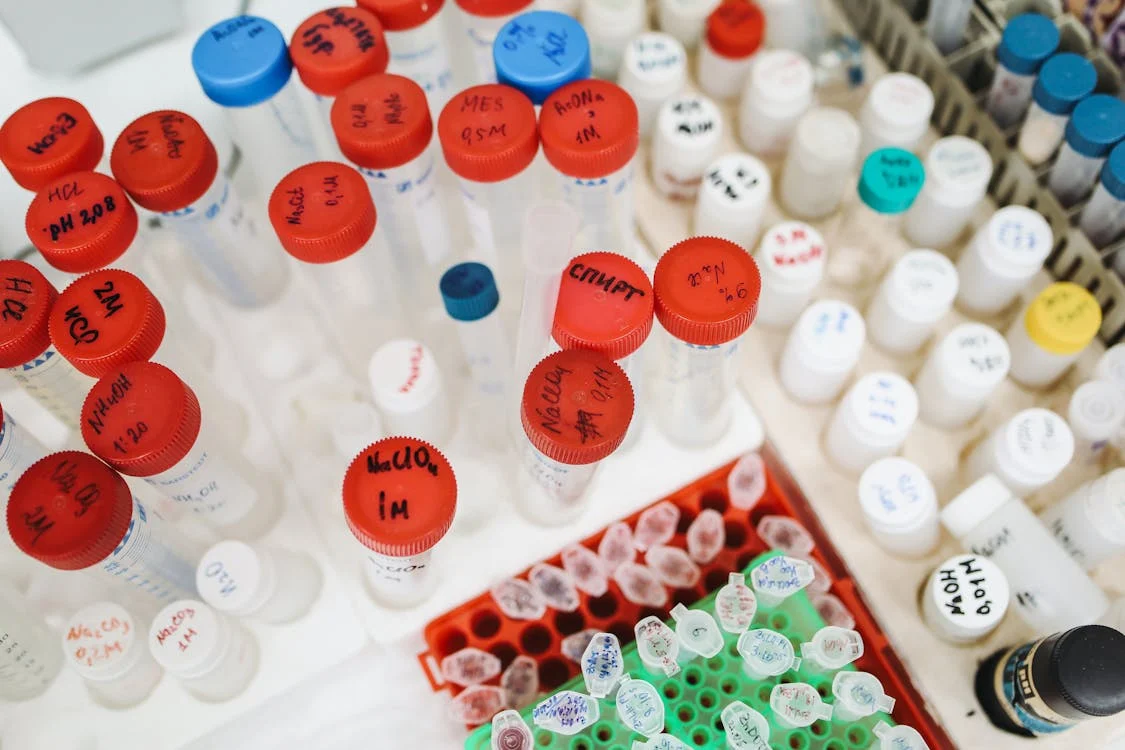4-Methyl-2-pentene is a chemical compound that holds significant relevance in everyday life due to its use in the manufacturing of various consumer products and industrial applications. This compound is commonly found in the production of plastics, solvents, and synthetic rubber, making it a key component in numerous items that individuals rely on daily. Its versatility and effectiveness in these applications make 4-Methyl-2-pentene a critical ingredient in many products that are essential to our modern way of life.
Table of Contents:
- 💡 Commercial Applications
- ⚗️ Chemical & Physical Properties
- 🏭 Production & Procurement
- ⚠️ Safety Considerations
- 🔬 Potential Research Directions
- 🧪 Related Compounds
💡 Commercial Applications
4-Methyl-2-pentene, also known as isopentylene, exhibits a variety of commercial and industrial applications. This compound is commonly used as a solvent in the production of coatings, adhesives, and sealants. It is also utilized in the manufacturing of synthetic rubber and resins due to its high reactivity and ability to enhance the properties of the final products.
In addition to its commercial and industrial applications, 4-Methyl-2-pentene has found use in the pharmaceutical industry for its unique properties. This compound is utilized as a starting material in the synthesis of various pharmaceutical drugs and medications. Its ability to undergo specific chemical reactions makes it a valuable tool in the production of complex organic molecules, which are essential in drug development and research.
Overall, 4-Methyl-2-pentene plays a crucial role in the commercial, industrial, and pharmaceutical sectors. Its versatile nature makes it a valuable compound in various applications, ranging from solvent production to pharmaceutical drug synthesis. Its chemical structure and reactivity make it a preferred choice for manufacturers looking to enhance the quality and performance of their products.
⚗️ Chemical & Physical Properties
4-Methyl-2-pentene is a colorless liquid with a pungent odor. It is commonly used in the production of plastics and rubber due to its chemical properties.
The molar mass of 4-Methyl-2-pentene is approximately 84.16 g/mol, with a density of 0.66 g/cm3. Compared to common food items like water (18.02 g/mol, 1 g/cm3), 4-Methyl-2-pentene has a higher molar mass and lower density.
4-Methyl-2-pentene has a melting point of -134°C and a boiling point of 64°C. In comparison, common food items like butter (melting point: 32-35°C, boiling point: 150°C) have higher melting and boiling points than 4-Methyl-2-pentene.
4-Methyl-2-pentene is insoluble in water but soluble in organic solvents. It has a low viscosity, making it easily spreadable and perfect for use in various industrial applications. Compared to common food items like olive oil (soluble in water, higher viscosity), 4-Methyl-2-pentene differs in solubility and viscosity.
🏭 Production & Procurement
4-Methyl-2-pentene, also known as isohexene, is primarily produced through the catalytic dehydrogenation of isohexane. This reaction typically takes place at high temperatures and pressures, using a metal catalyst such as platinum or nickel. The resulting 4-Methyl-2-pentene product can then be separated and purified using various distillation techniques.
4-Methyl-2-pentene can be procured from chemical suppliers or manufacturers that specialize in the production of hydrocarbon compounds. It is commonly available in both bulk quantities for industrial use and smaller amounts for research and development purposes. The compound is typically stored and transported in sealed containers to prevent contamination and ensure safe handling.
When procuring 4-Methyl-2-pentene for commercial or industrial applications, it may be necessary to comply with regulatory requirements for the transportation of hazardous chemicals. The compound is classified as a flammable liquid and must be handled with caution to prevent accidents or environmental damage. Proper labeling and packaging are essential for the safe transport of 4-Methyl-2-pentene.
⚠️ Safety Considerations
Safety considerations for 4-Methyl-2-pentene must be taken seriously due to its flammable nature. When handling this compound, it is important to store it in a cool, well-ventilated area away from sources of ignition. Additionally, personal protective equipment such as gloves and goggles should be worn to prevent skin and eye irritation.
The hazard statements for 4-Methyl-2-pentene include its flammable nature, as well as its potential for causing skin and eye irritation. This compound may also be harmful if inhaled or ingested, and may cause respiratory irritation. It is important to handle 4-Methyl-2-pentene with caution and follow proper safety protocols to minimize the risk of exposure.
Precautionary statements for 4-Methyl-2-pentene include storing the compound in a well-ventilated area and keeping it away from sources of ignition. It is also important to wear appropriate personal protective equipment such as gloves and goggles when handling this compound. In case of skin or eye contact, it is recommended to rinse thoroughly with water and seek medical attention if necessary.
🔬 Potential Research Directions
One potential research direction for 4-Methyl-2-pentene could be investigating its use as a building block in organic synthesis. This could involve exploring its reactivity in various chemical reactions to create new compounds with potential applications in pharmaceuticals or materials science.
Another avenue of research could focus on the environmental impact of 4-Methyl-2-pentene, particularly in terms of its contribution to air pollution or its potential for bioaccumulation in aquatic ecosystems. Understanding the fate and transport of this compound in the environment could provide valuable insights for mitigating its potential negative effects.
Furthermore, studies on the physical properties of 4-Methyl-2-pentene, such as its boiling point, melting point, and solubility, could contribute to a deeper understanding of its behavior in different environments. This could inform decisions regarding its handling, storage, and disposal in industrial settings.
Finally, exploring the potential toxicological effects of 4-Methyl-2-pentene on human health, such as its effects on respiratory or neurological systems, could be a crucial area of research. This could involve conducting studies on its metabolism, bioavailability, and potential mechanisms of toxicity to assess its overall risk to human populations.
🧪 Related Compounds
One similar compound to 4-Methyl-2-pentene is 3-Methyl-2-pentene. This compound has a similar molecular structure to 4-Methyl-2-pentene, with a methyl group attached to the second carbon atom of the pentene chain. The only difference between the two compounds is the position of the methyl group, which can have an impact on the chemical reactivity and physical properties of the compound.
Another similar compound to 4-Methyl-2-pentene is 2-Methyl-2-pentene. This compound also has a methyl group attached to the second carbon atom of the pentene chain, but in this case, it is attached to the first carbon atom as well. This difference in the position of the methyl group can result in different chemical reactions and physical properties compared to 4-Methyl-2-pentene.
Additionally, a similar compound to 4-Methyl-2-pentene is 2-Methyl-1-pentene. This compound has a methyl group attached to the first carbon atom of the pentene chain, similar to 2-Methyl-2-pentene. However, in this case, the methyl group is attached to the first carbon atom only, resulting in a different molecular structure compared to 4-Methyl-2-pentene. The difference in the position of the methyl group can lead to variations in the compound’s properties and reactivity.









